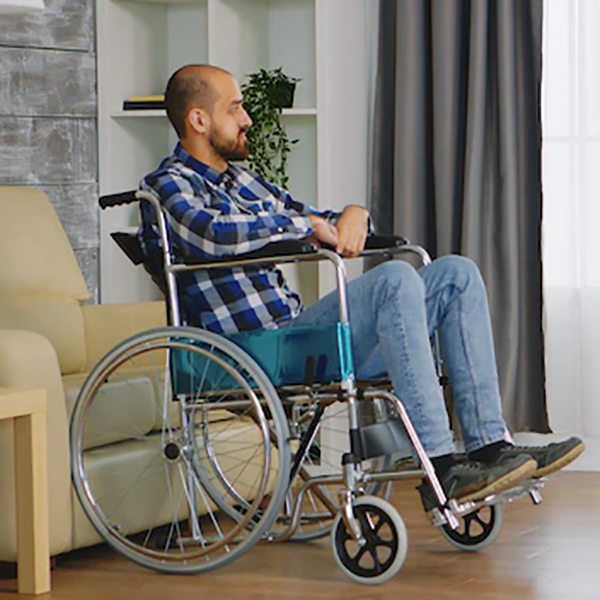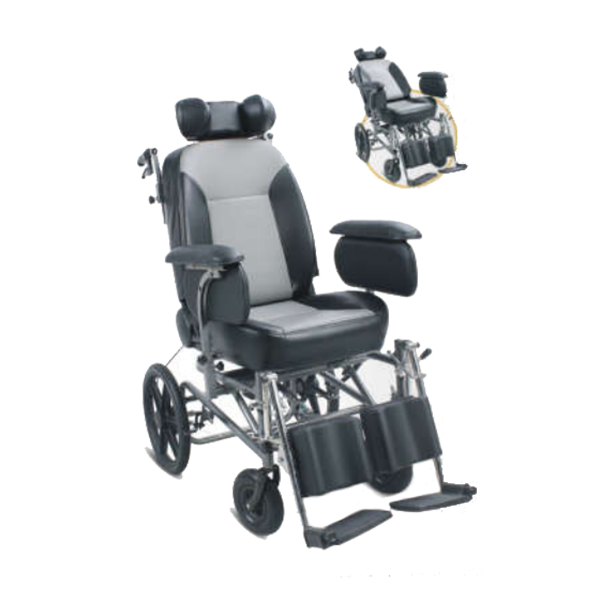Cerebral palsy is a neurological disorder that affects muscle coordination and body movement. It is caused by damage to the developing brain, usually before or during birth. Depending on the severity, people with cerebral palsy may face varying degrees of mobility impairment. For some people, the use of a wheelchair is necessary to enhance their independence and ensure their safety.
One of the main reasons people with cerebral palsy need wheelchairs is because they have impaired muscle control and coordination. This often leads to difficulty walking or maintaining balance. Therefore, using a wheelchair provides them with a stable and supportive way to move, reducing the risk of falls and injuries. By using a wheelchair, people with cerebral palsy can perform daily activities more confidently and with less physical stress.
In addition, wheelchairs have the advantage of saving energy for people with cerebral palsy. Because the disease affects muscle control, simple tasks, such as walking or pushing yourself in a traditional wheelchair, can be exhausting. By using an electric wheelchair, these individuals can save energy and focus on other activities, thereby improving their overall well-being and quality of life.
Wheelchairs can also make it easier for people with cerebral palsy to integrate into society. Many public places and buildings are equipped with ramps and elevators to accommodate wheelchair users, making it easier for them to participate in community activities and interact socially. Access to a wheelchair provides the necessary support for access to education, employment and recreational opportunities, ensuring that people with cerebral palsy can live full and independent lives.
In addition, wheelchairs can provide postural support and prevent complications for people with cerebral palsy. Depending on the type and severity of cerebral palsy, individuals may develop muscle contracture or bone deformities. A dedicated wheelchair can provide proper positioning and alignment, preventing the development of joint and muscle problems.
In summary, cerebral palsy often requires the use of a wheelchair to address the mobility challenges and limitations faced by individuals with this neurological disorder. Wheelchairs not only provide stability, support and independence, but also save energy, promote accessibility and prevent complications. Therefore, the availability of wheelchairs is essential to improve the overall well-being and quality of life of people with cerebral palsy.
Post time: Oct-13-2023







